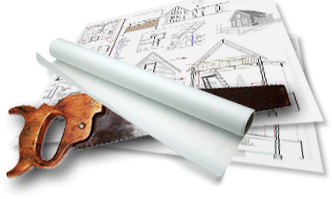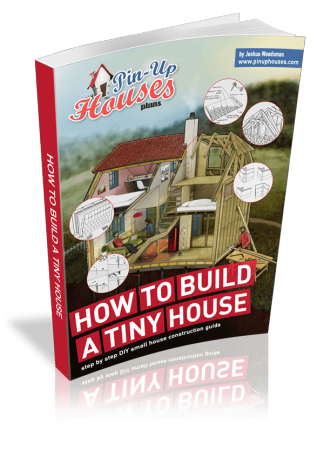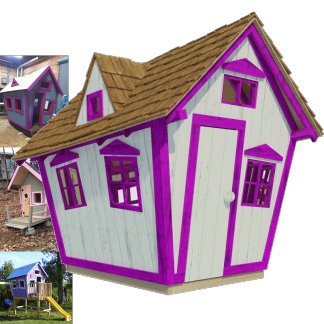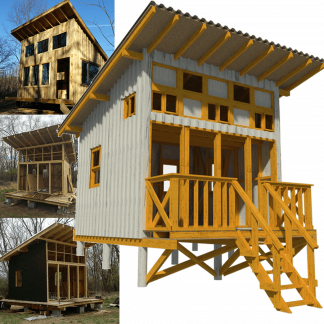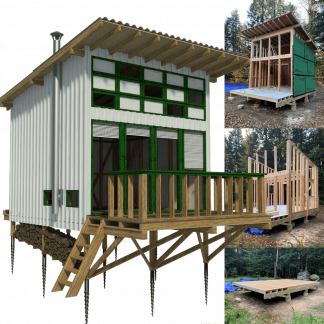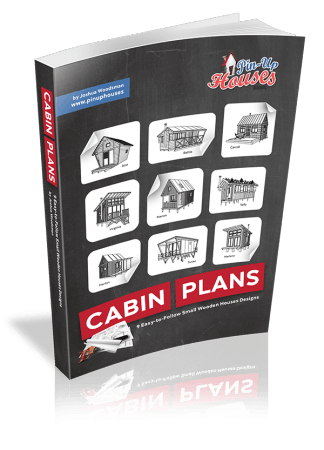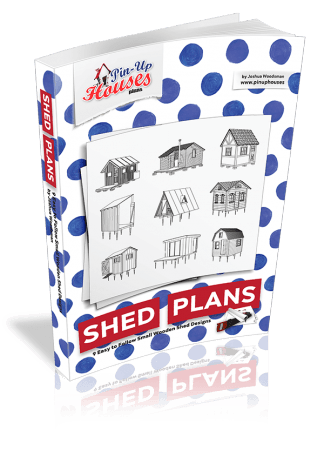For many Californians, building a tiny home or cabin feels like the most practical path to homeownership. The structure itself may be modest, but in cities like Los Angeles, the land, permitting, and compliance costs can quickly push the total price beyond what most expect.
DIY builders face added financial pressure. Traditional lenders often decline applications when there is no general contractor involved or when income cannot be verified through standard documentation. Some buyers choose to work with a Los Angeles mortgage broker who understands local lending rules and how self-funded construction projects are evaluated.
Why DIY Builders Often Get Denied
DIY homebuilding offers freedom and cost control, but it rarely fits what lenders expect. Most banks prefer working with licensed builders who follow standard construction timelines and submit detailed appraisals based on conventional home features.
Self-managed projects often fall outside those expectations. Many DIY builds lack general contractor oversight, involve phased construction, or use nontraditional materials. Lenders see these factors as risk signals.
Financing becomes even harder when the borrower does not have W-2 income or employer verification. Project-based earners, seasonal workers, and business owners often struggle to meet standard documentation requirements.
Plans based on cabins or sheds may also trigger rejections. Even when well-designed, these structures are sometimes misclassified as non-livable or recreational, which makes them ineligible for typical loan programs.
The Challenge of Building in Los Angeles
Building a small home in Los Angeles rarely means a small budget. Between land prices and regulatory demands, DIY builders often face costs and restrictions that standard loan programs are not built to handle.
Land and Permit Costs Raise the Total Budget
Even before construction begins, the cost of land in Los Angeles can absorb a large share of the budget. Permit fees, utility connection charges, and inspection requirements add thousands more. These upfront expenses often push the total project above what a conforming mortgage will allow.
Zoning Rules Restrict Eligibility
Los Angeles zoning laws often require permanent foundations and specific classification standards. Transportable structures, off-grid designs, or unconventional layouts may not qualify as residential property. When that happens, the project falls outside the scope of most mortgage products.
Small Builds Can Still Exceed Loan Limits
It is not the size of the home but the value of the land that often drives costs past standard thresholds. A 400-square-foot cabin may still require a larger loan than what Fannie Mae or Freddie Mac considers conforming, especially when the land is in a high-demand area.
Why the Right Broker Changes the Outcome
Many first-time DIY builders approach financing as if they are purchasing a traditional home. That assumption often leads to problems. Without a contractor or standard documentation, applications can stall or get denied. A broker who understands alternative housing can change the outcome entirely.
Specialization in Nontraditional Loans
Brokers familiar with off-grid homes, cabins, or phased builds know which lenders work with nonstandard structures. They can recommend loan programs that support projects that fall outside conventional underwriting.
Local Knowledge Supports Approval
In Los Angeles, zoning laws and documentation rules vary across neighborhoods. A broker with local experience can help interpret those differences and guide applicants through land use questions, design plans, and permit requirements.
Lender Access That Matches DIY Builds
Many lenders will not finance projects without W-2 income or licensed contractors. A knowledgeable broker knows which institutions accept alternative documentation and are open to financing self-managed builds. That insight often makes the difference between approval and delay.
What to Prepare Before Applying
Preparing strong documentation gives lenders confidence in your project. It also helps your broker move quickly when connecting you with the right loan program. Each item listed below plays a key role in showing that your build is financially and logistically sound.
Cost Estimate with Full Breakdown
List all projected expenses, including land purchase, building materials, tools, and labor. If possible, include a margin for unexpected costs. Lenders want to see that your budget reflects the true scope of the project, not a rough guess.
Proof of Available Funds
Submit recent bank statements, tax returns, or other documents that confirm you have enough funding to support the build. These materials help demonstrate financial readiness and reassure lenders that you can meet repayment and reserve requirements.
Project Timeline with Key Milestones
Outline the phases of your construction process. Include your start date, estimated completion date, and the timeline for obtaining permits, passing inspections, or hitting other major checkpoints. A clear schedule helps show that your build is well-organized.
Statement Explaining the Purpose of the Structure
Explain how the finished structure will be used. Indicate whether it will serve as a primary residence, a guest house, or a vacation property. This information helps lenders assess risk and match your application to the appropriate loan category.
Final Thoughts: Know the Rules Before You Build
Building a home yourself is possible, even in a market like Los Angeles. The key is to secure financing early, not after materials are ordered or construction has begun. Delays often happen when funding is treated as an afterthought.
Work with a lending partner who understands nontraditional housing and can guide you through the approval process. The earlier your financing is structured, the smoother your project will run.

